[2019-10-09]
It was close to 9 a.m., and I was riding through Yokohama heading south. The next city on my journey was quite near (less than 25 km), so I planned a visit to a traditional Japanese garden that was near my way. Fortunately, I could use the ‘Grutto Pass‘ so I have access without a cost (not a big issue, though, the entrance fee was only 700 yen ~ $7usd).
When I arrived to the Garden, I found that the bike parking space was a bit far from the entrance. I hesitated some seconds, but at that point, I felt more secure: I was far from downtown, where thousands of persons were crossing by. So, I parked my bike and only took with me my backpack, where I had my documents, money, and camera.
The Sankeien Garden
More prominent than I expected, incredibly beautiful, and full of features to appreciate.

The first thing you’ll see is a great pond and many trees and beautiful buildings in the background. Around it, I noticed some trellises (for wisterias, according to the map), but it was not the season for flowers, neither for lotuses nor water lilies. So, the following small ponds on the main path should have been empty or with dried plants. I decided not to take that big road but the opposite direction around the pond.

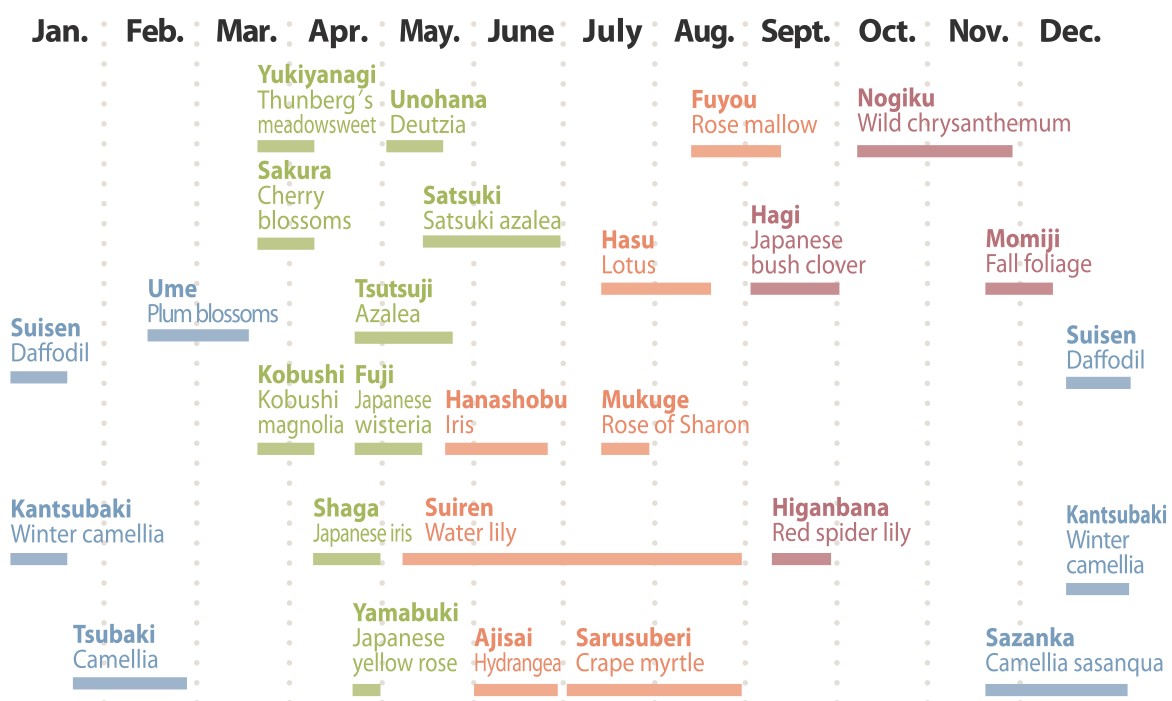
(You can check ahead and choose a good week to see flowers, and maybe enjoy an event at the gardens. You can also check here its website)
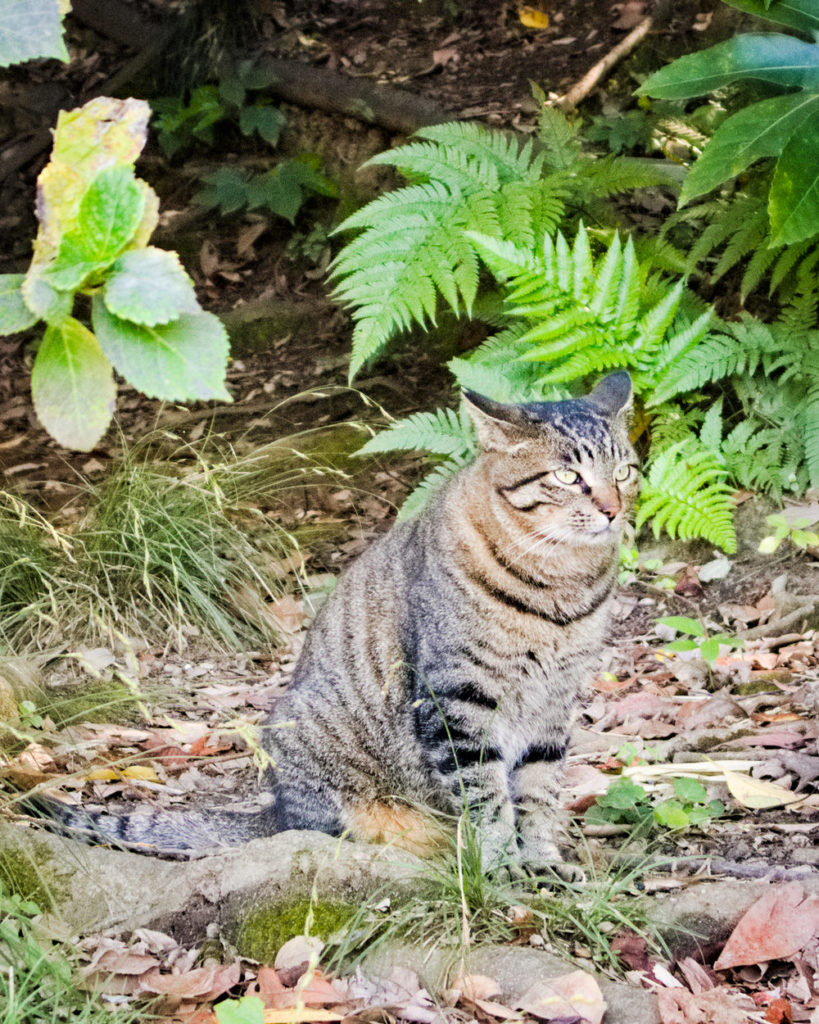

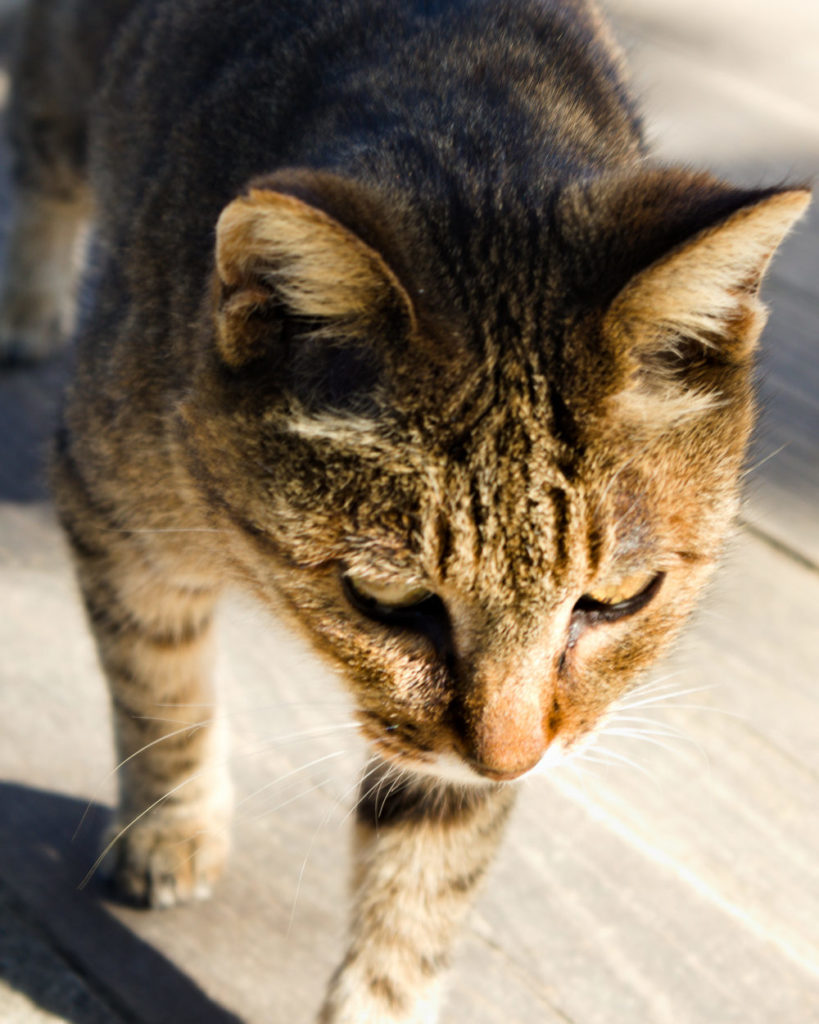
I found two cats wandering around a little shrine. One of them was friendly, so I spent some minutes petting him 😊. After that, I came to a nice view of a three-store pagoda at the top of a hill. I guessed that the route through the garden would take me around there later.

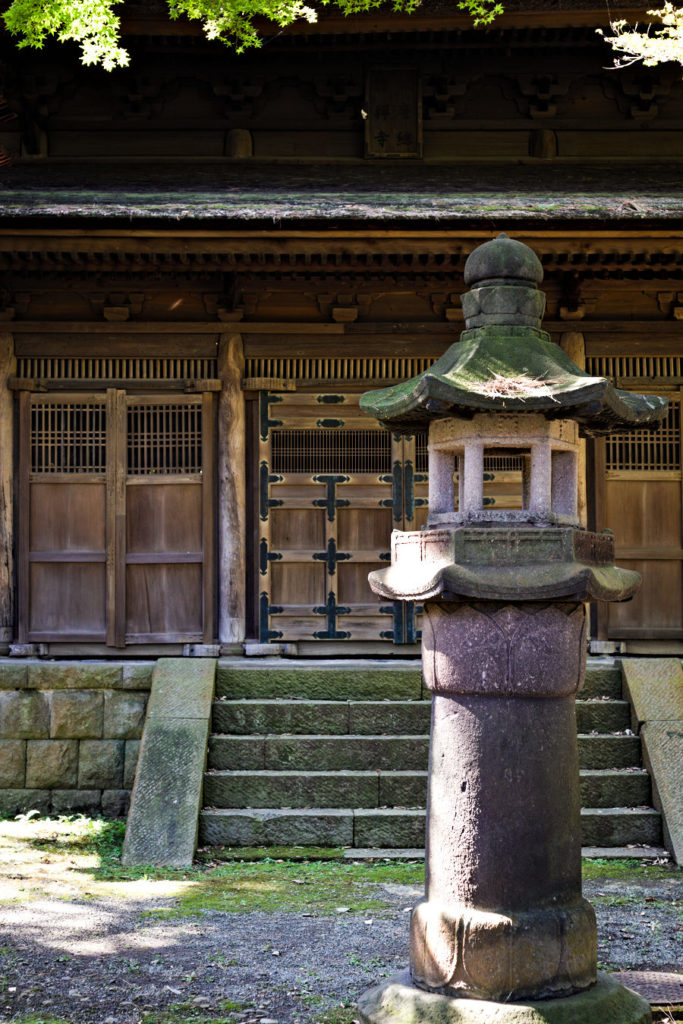
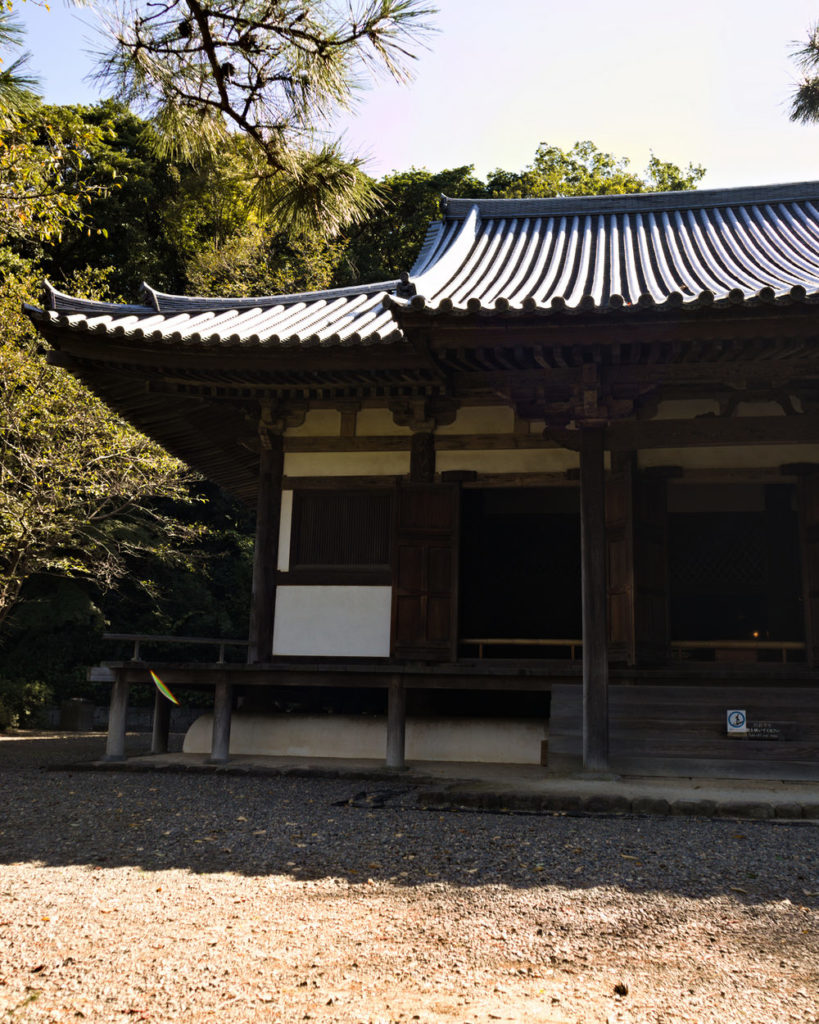
I started to see some beautiful historical buildings; I wasn’t paying much attention to the map, so I only noticed that the first one was a 500-year-old temple, really well preserved. I was wondering if it was standing there before the creation of the gardens; they did not seem that old.
I arrived at a former family residence, and it was remarkable just from the outside. But I got super excited as I discovered I could go inside and explore it (without shoes, of course).
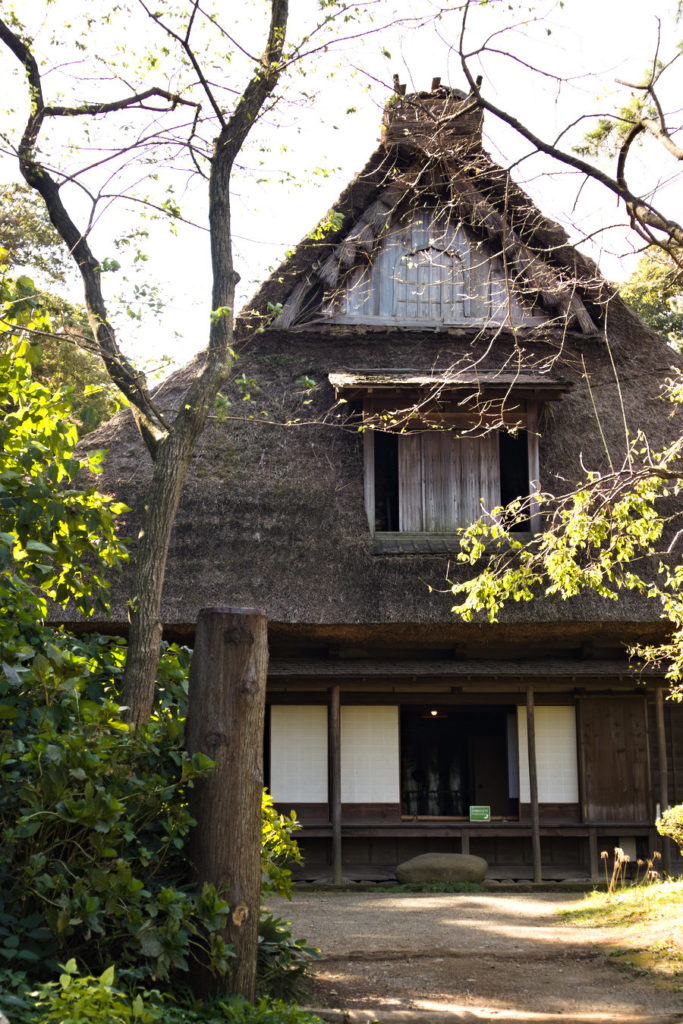

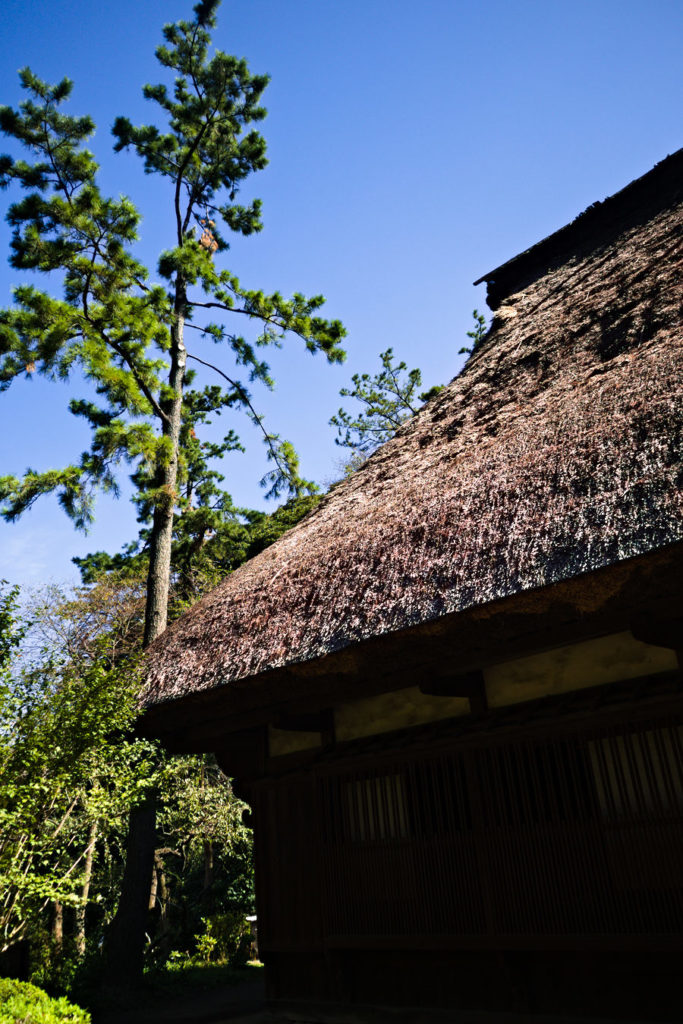
A kind man asked me where I come from, and he was surprised by my answer; he told me that I was the first Colombian he met and that he really liked our coffee, and also, that there were beautiful women in my country. It feels nice to hear good things that your country is known for.
He also handed me a Spanish booklet about the house, so I could understand its history and all the areas. That also was unexpected; I always got surprised when I found info in English outside the most touristy places –that was very hard to find.
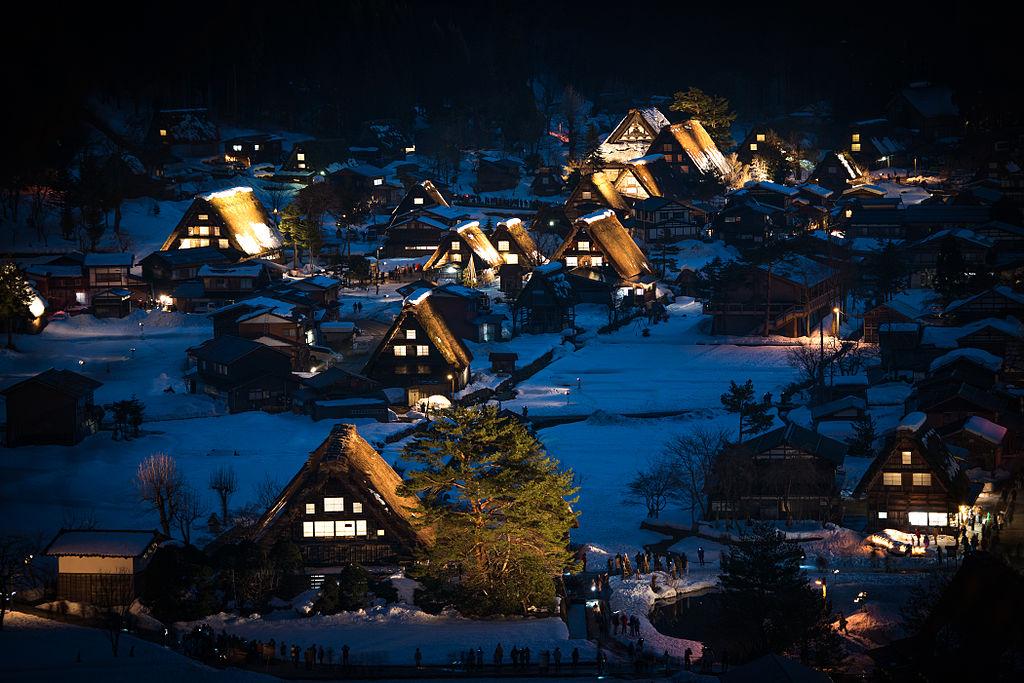
I read that the building was a Gashoo-style residence (like the famous Shirakawa-go Village in Gifu). To my surprise, this one was originally from an adjacent village and was relocated in 1960. Also, I read that all the historical buildings around there were relocated from different parts of the country. Even the pagoda.
Inside the house, there was an exhibition of farming implements from the original region, including an Irori: a traditional Japanese sunken hearth used for home heating and cooking.
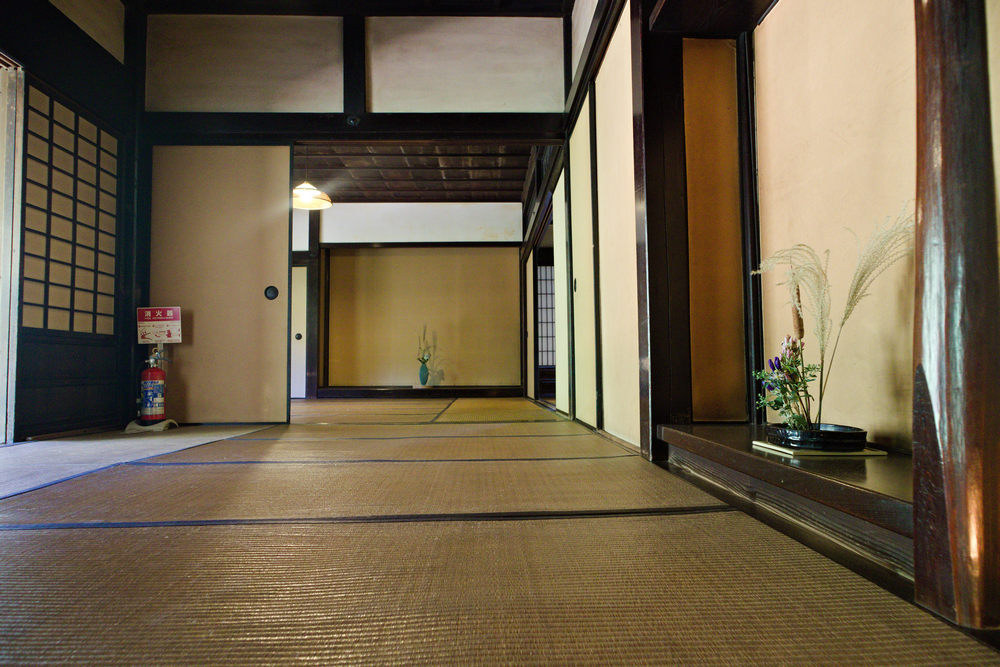

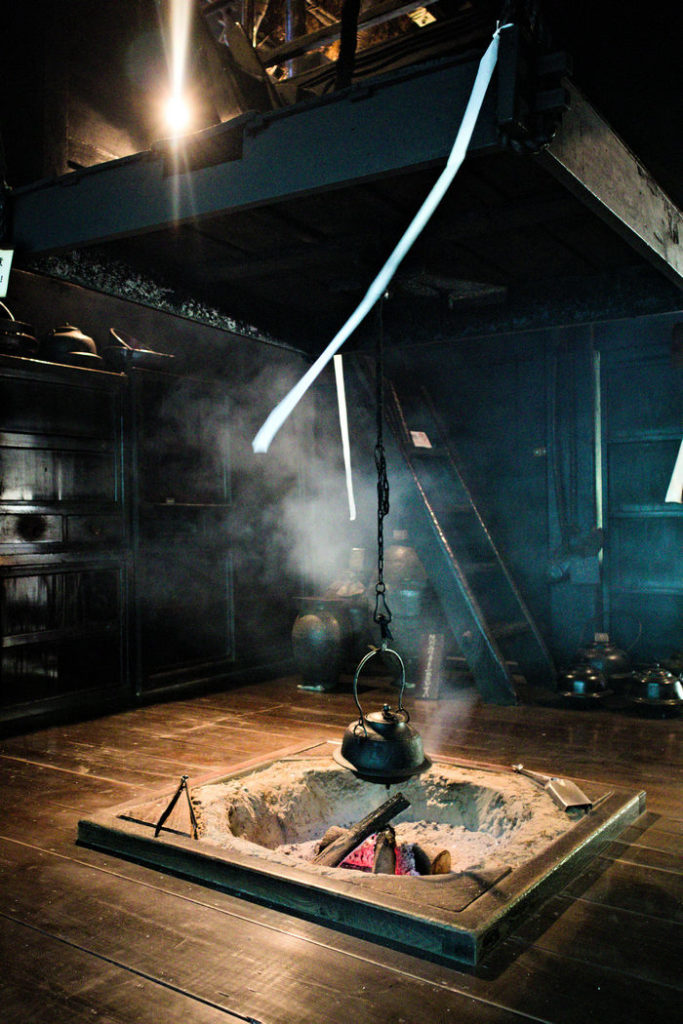
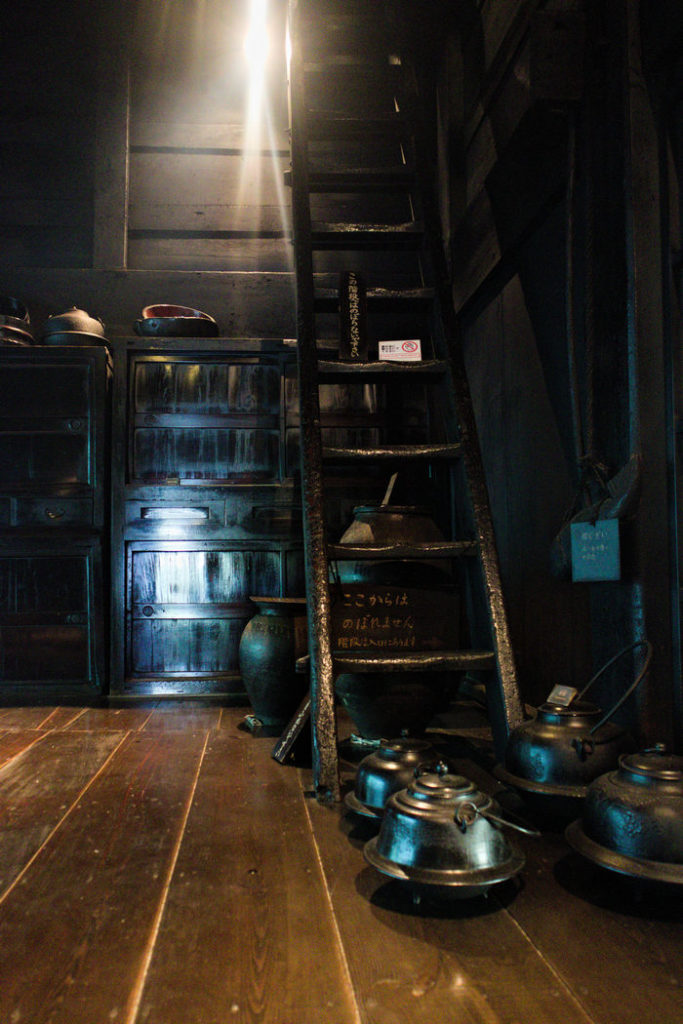
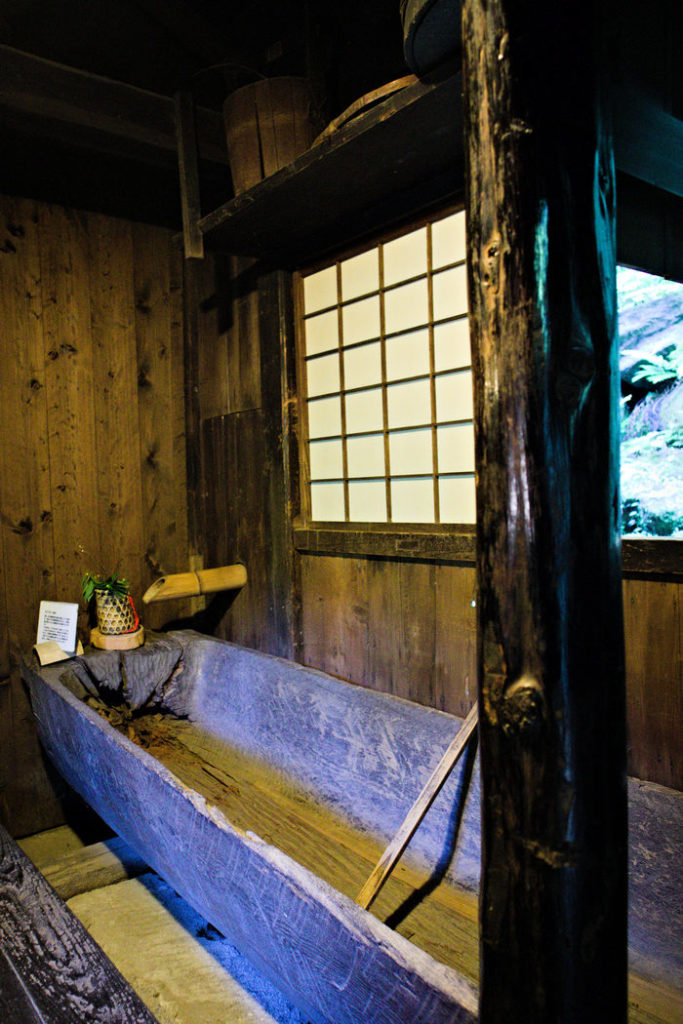
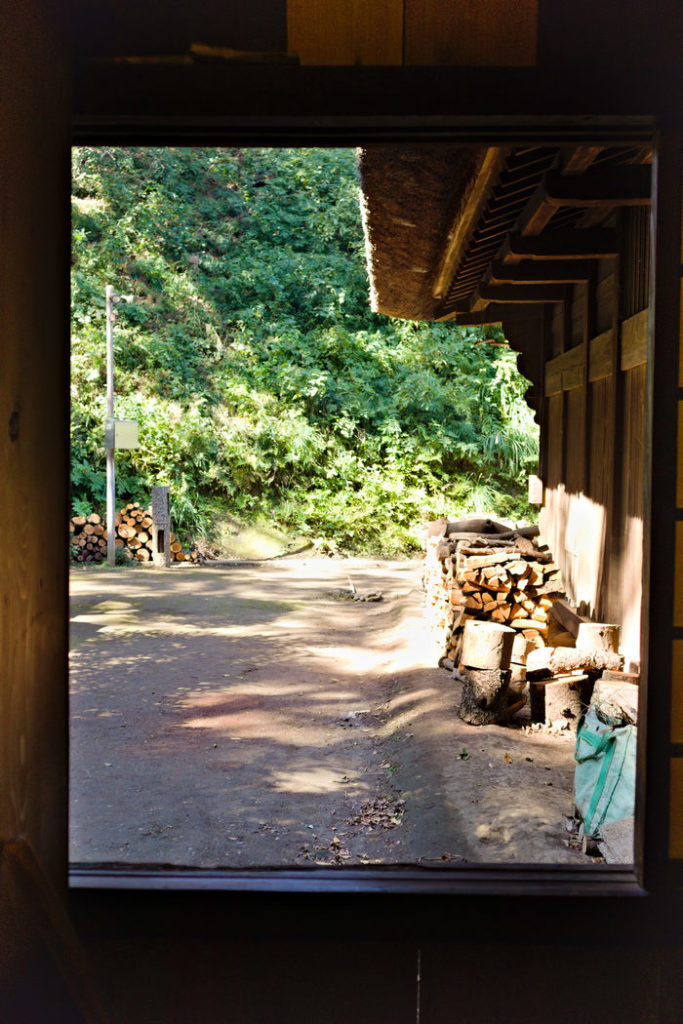
Going up to the second floor was also incredible. I found a great gallery of historical items; it was very dark, so it was hard to take better pictures, but everything was fascinating. There were so many items, tools, pottery, and antique kimonos.
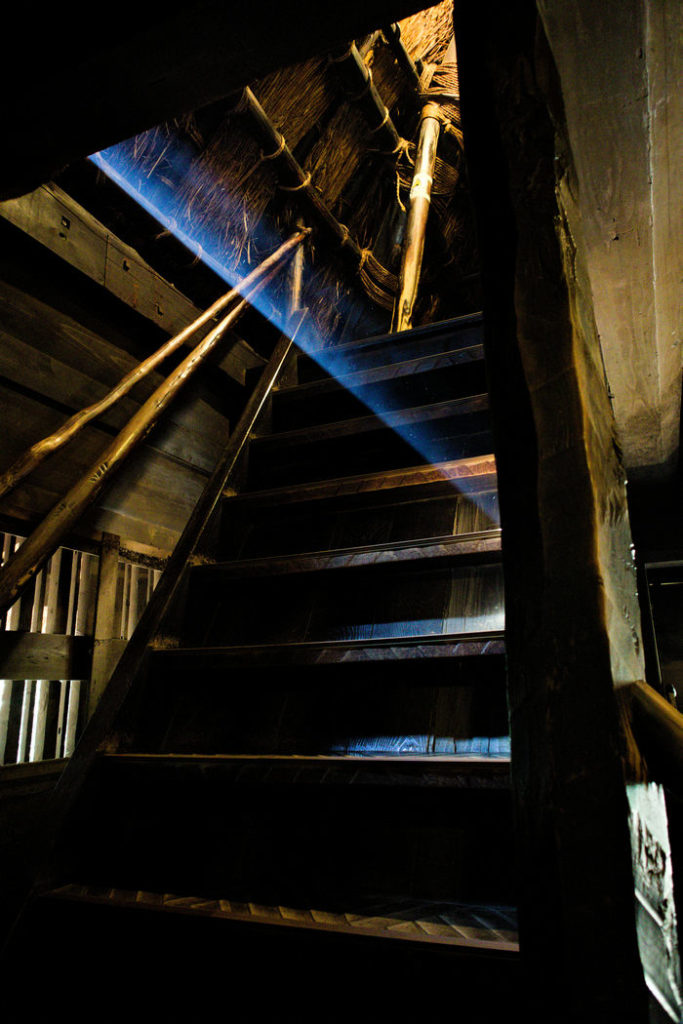



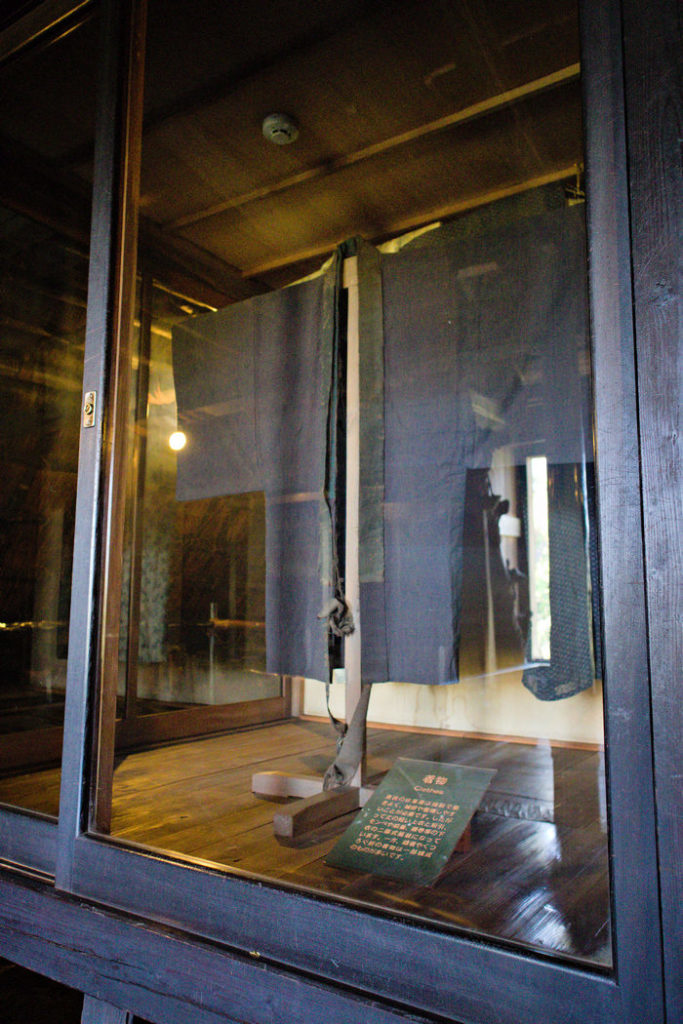
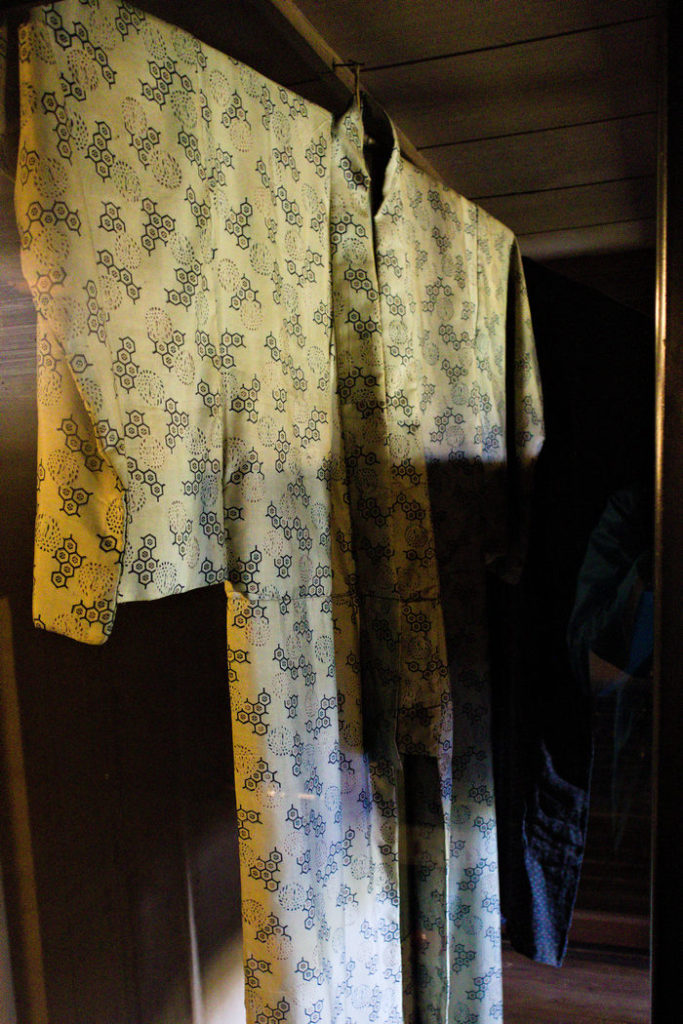
I felt peaceful wandering between the historical buildings and the diverse and beautiful trees. Also, there were so few people, so it was perfect.

I continued going up the hill to visit the 500 years old pagoda, wondering how it was transferred 100 years ago from Kyoto prefecture (about 500 km away).

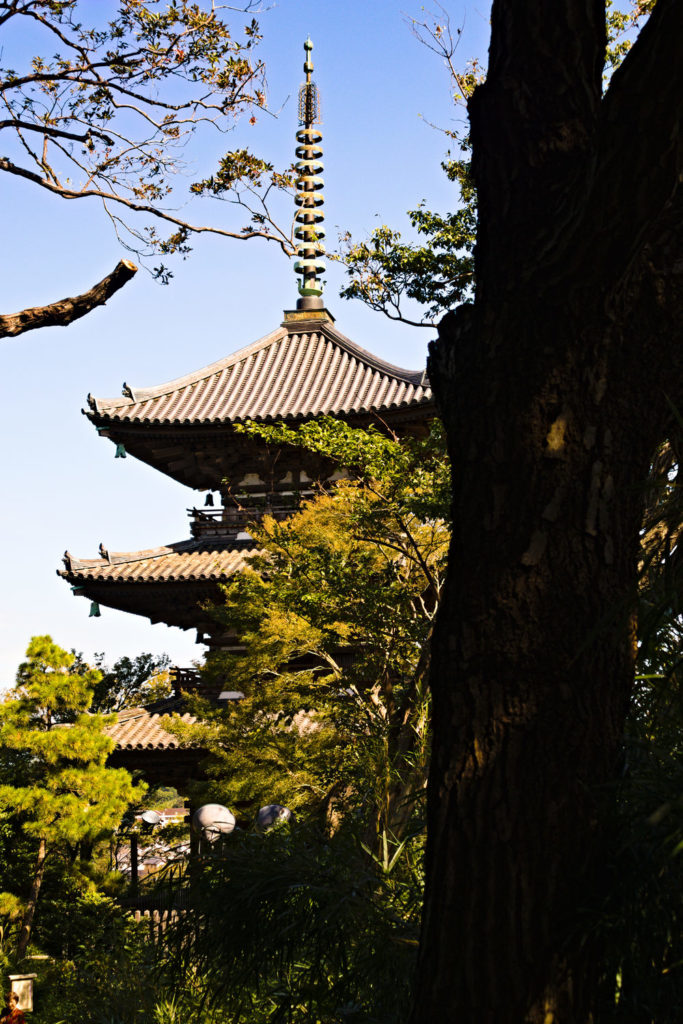
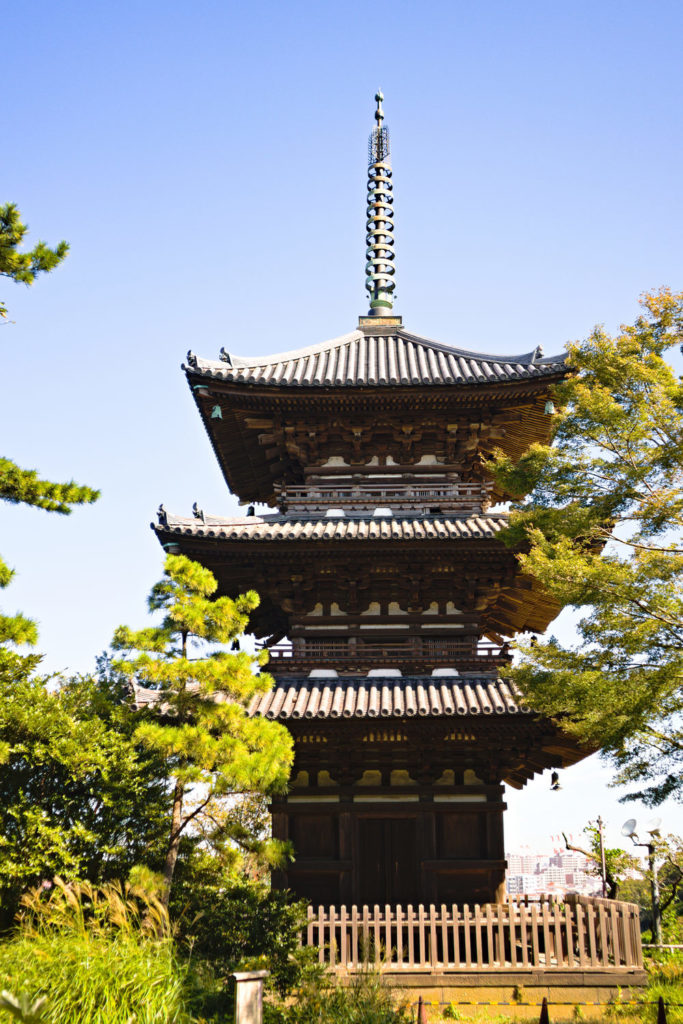

Following the path on the hill, I ended up in an observation deck with a rest area where I bought some snacks, and from there, a huge refinery was visible behind the gardens, just next to the sea.
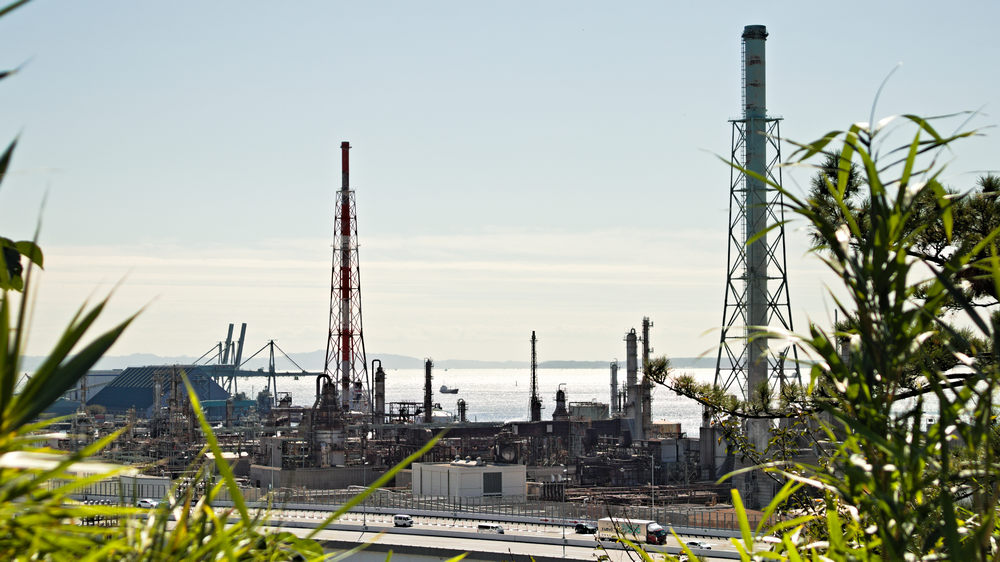

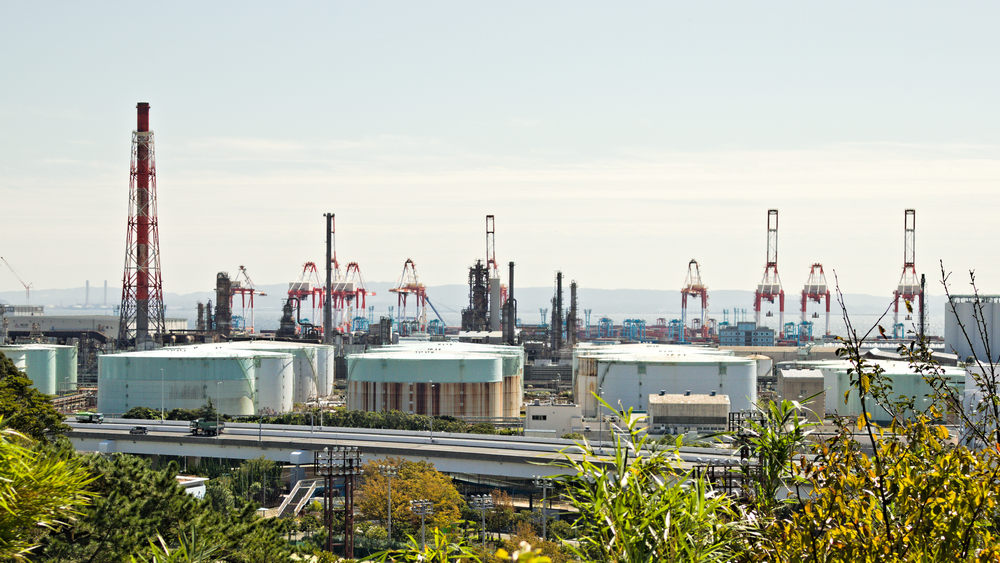
Going down the hill on the opposite side, I found the entrance to the Inner Gardens, originally a private garden for the founder’s family. Gorgeous traditional houses –many were also relocated from different regions. One of them is said to be constructed in 1603 by Tokugawa Ieyasu, the first shogun of the Tokugawa Shogunate.


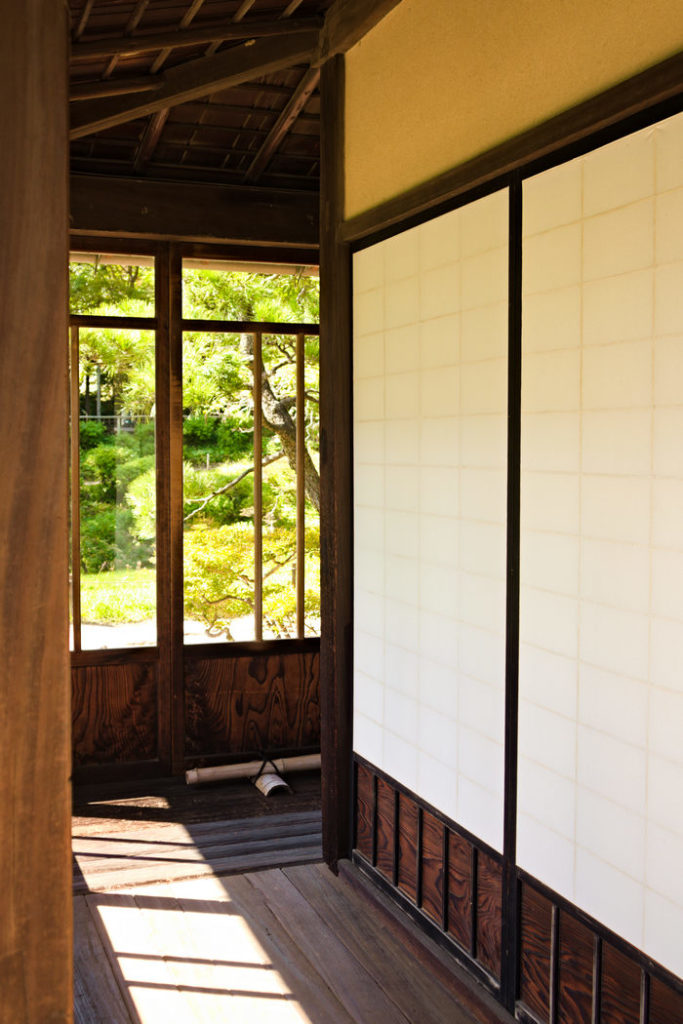
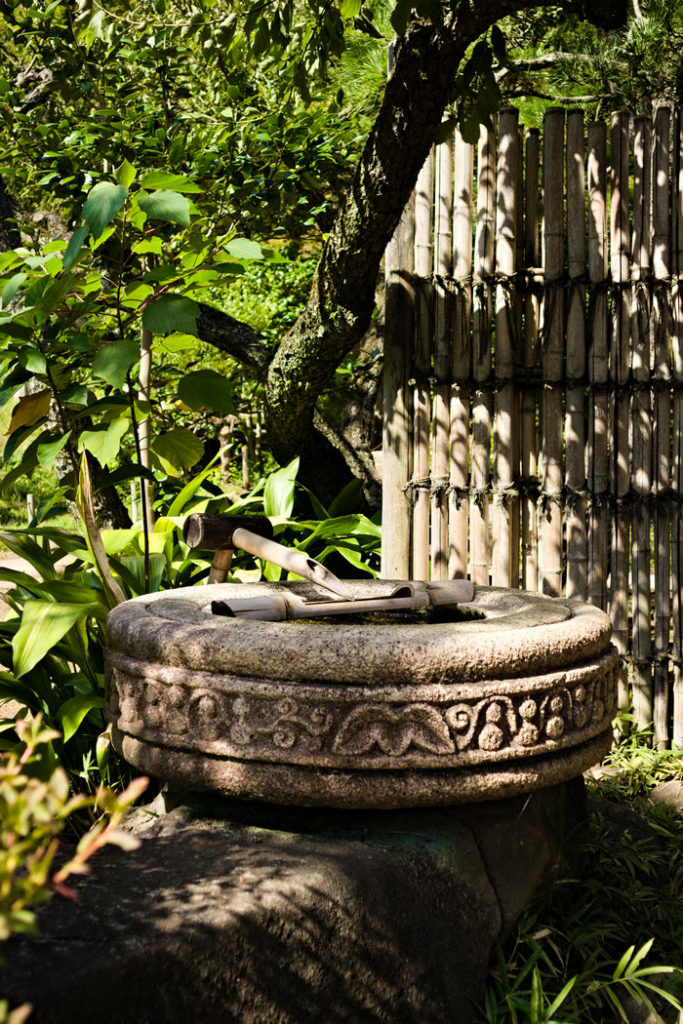

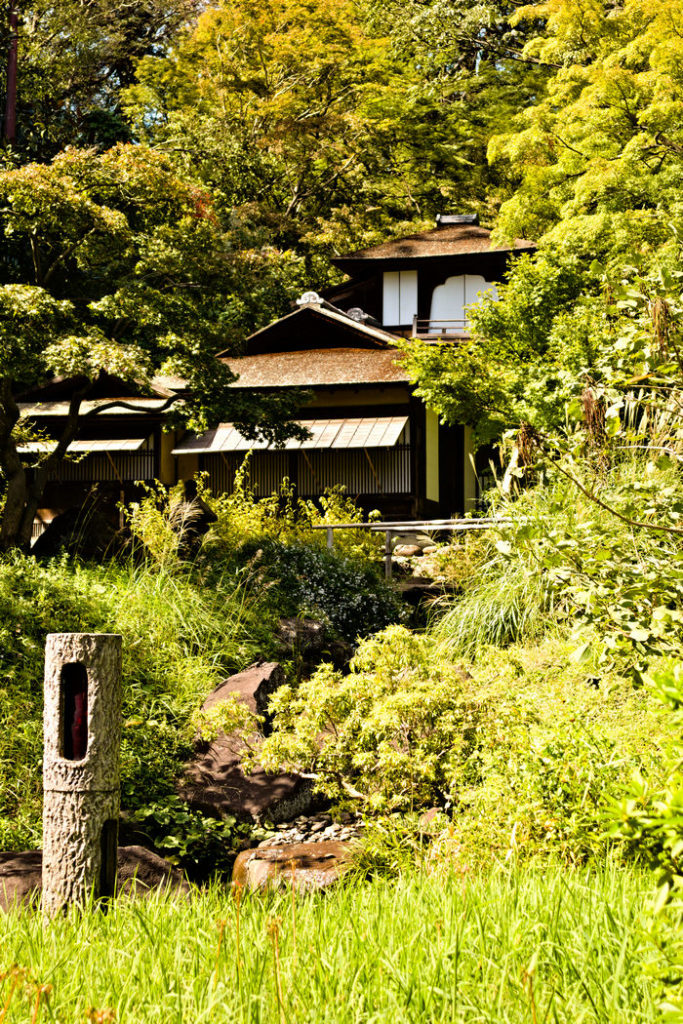
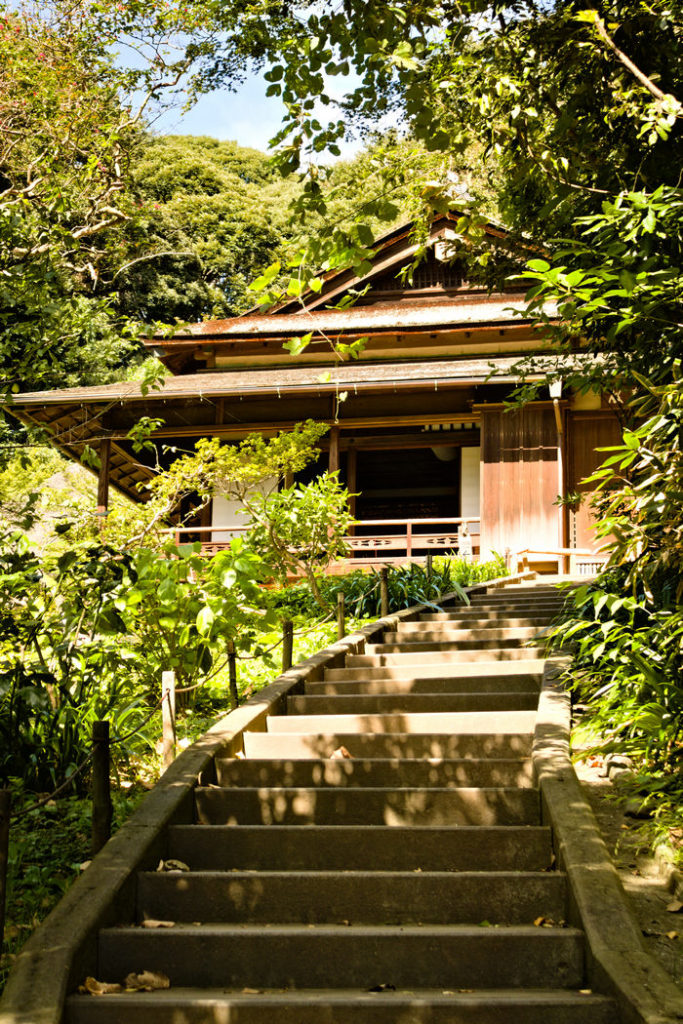
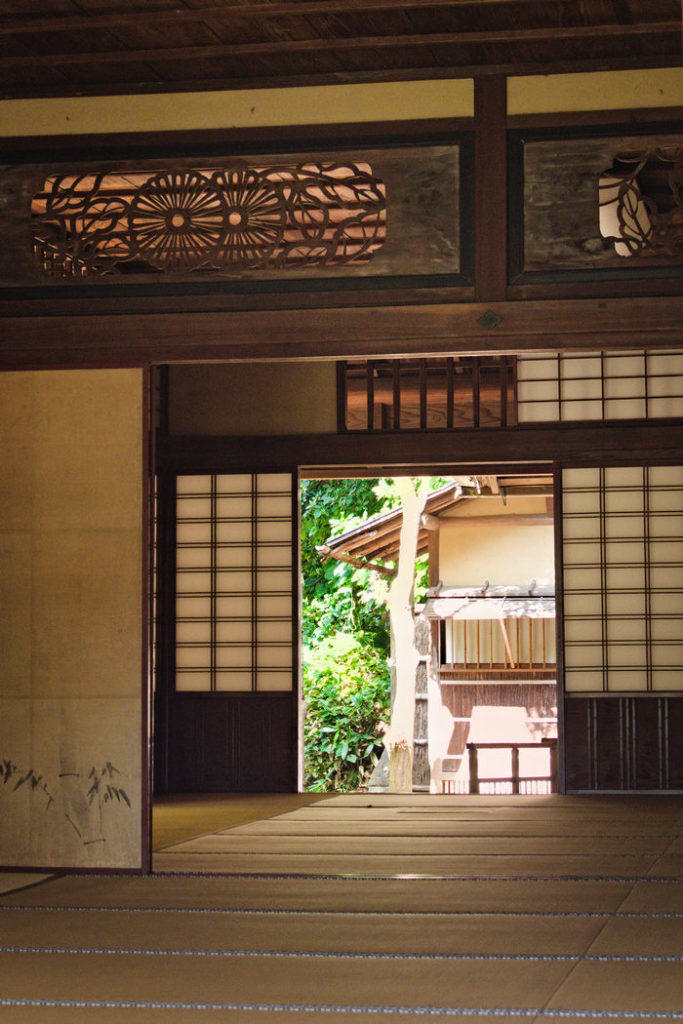
These Inner Gardens were the most popular area, and I could see why with all that beauty. But I enjoyed my quiet time in the Outer Gardens.
I still encourage you to visit and discover the Sankeien Gardens. Preferably with a lot of time to spend because there is so much to appreciate.
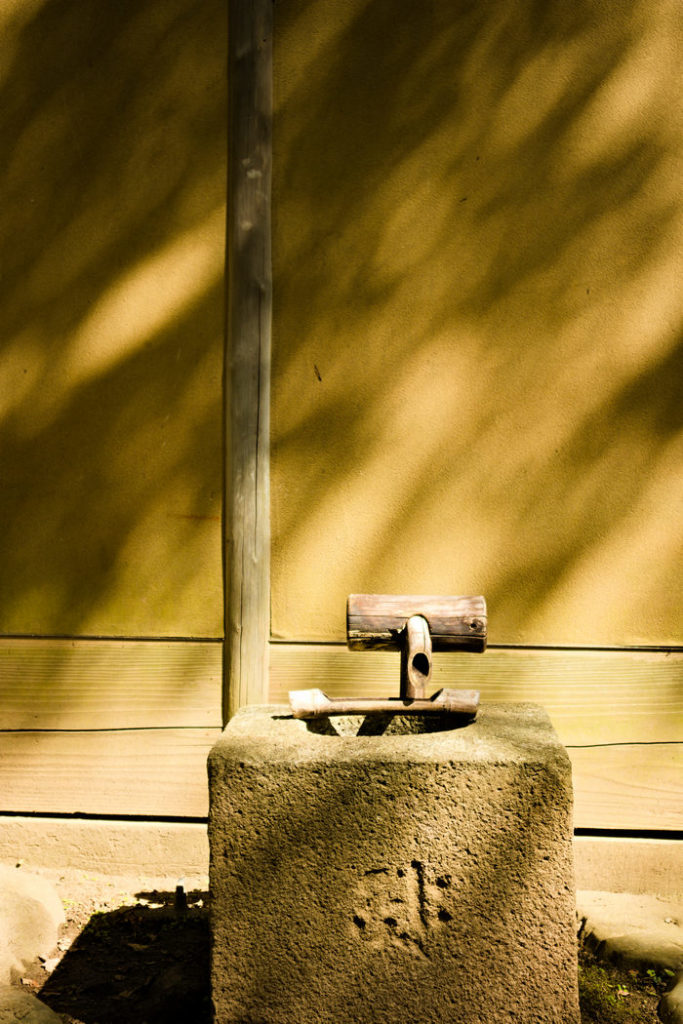
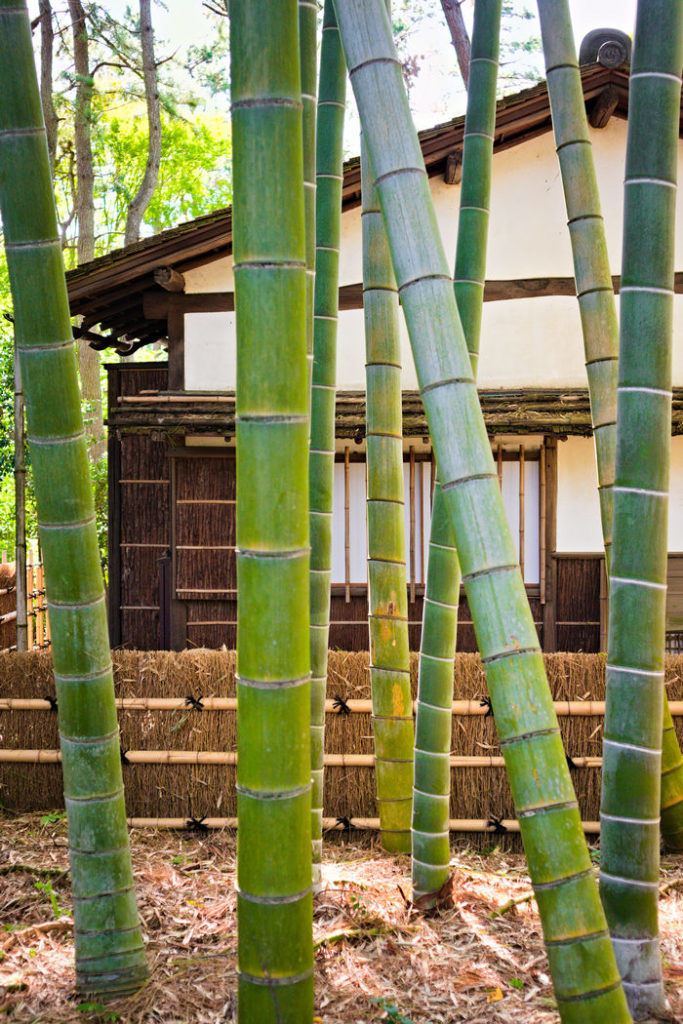
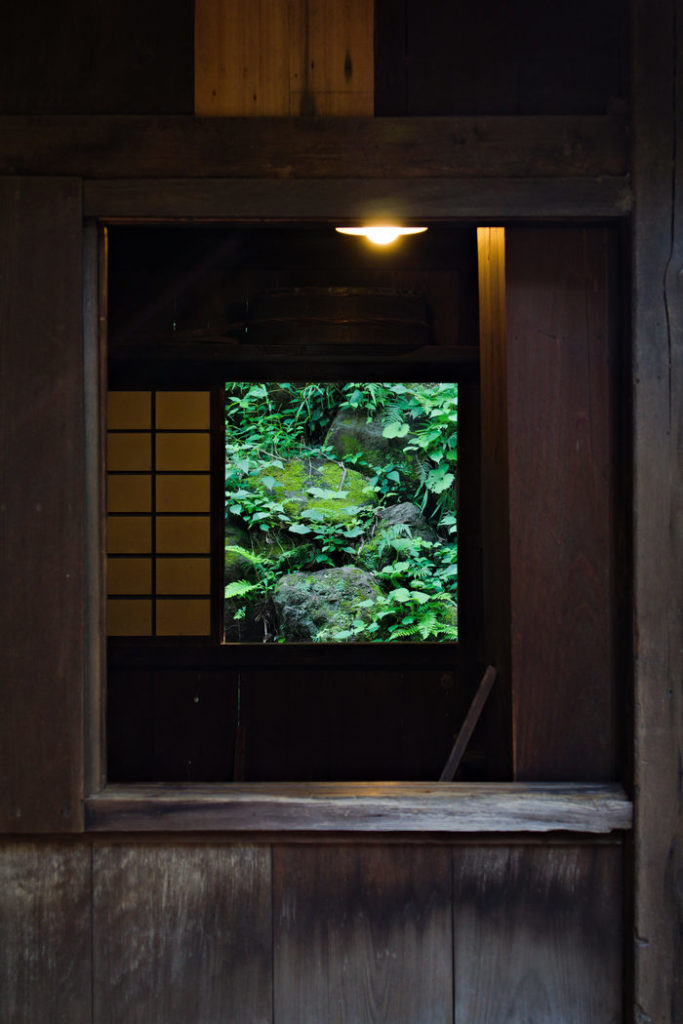
After two hours of exploration, I prepared myself for leaving. I wanted to arrive early enough at the next city to visit a couple of temples and find a place to spend the night before the sun went down.
Don‘t hesitate to ask any questions in the comments below.

Leave a Reply